Google Home review: now with multi-user support
Google's AI helper gets even more tempting
Google Home is pretty much neck and neck with it's biggest rival, the Amazon Echo. That doesn't mean it's not an excellent product, though - especially for those who have already bought into Google's ecosystem.
-
+
Cheaper than the Echo; Chromecast support; Easy to use
-
-
Voice recognition and speech capabilities are slightly lacking

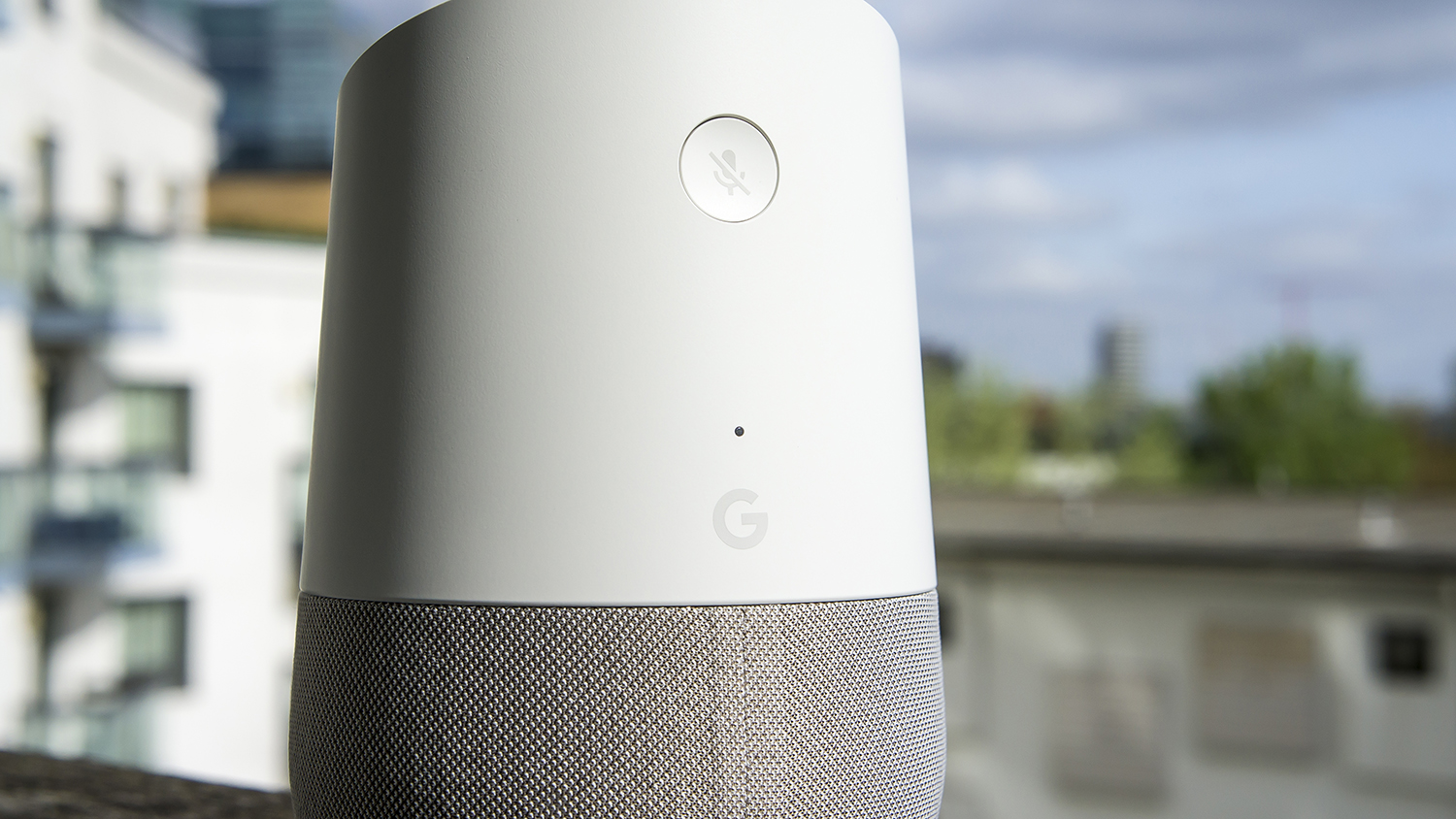
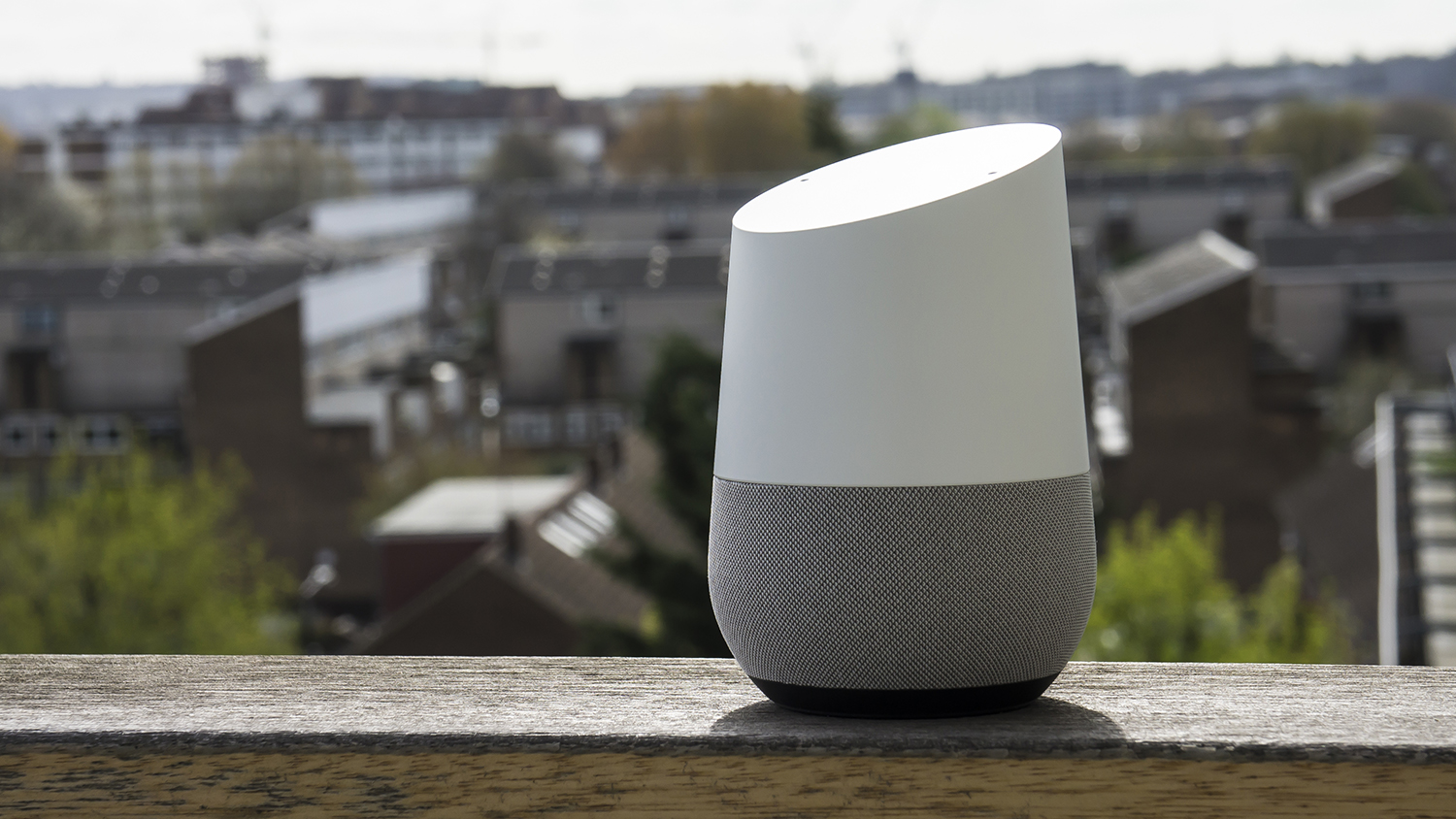
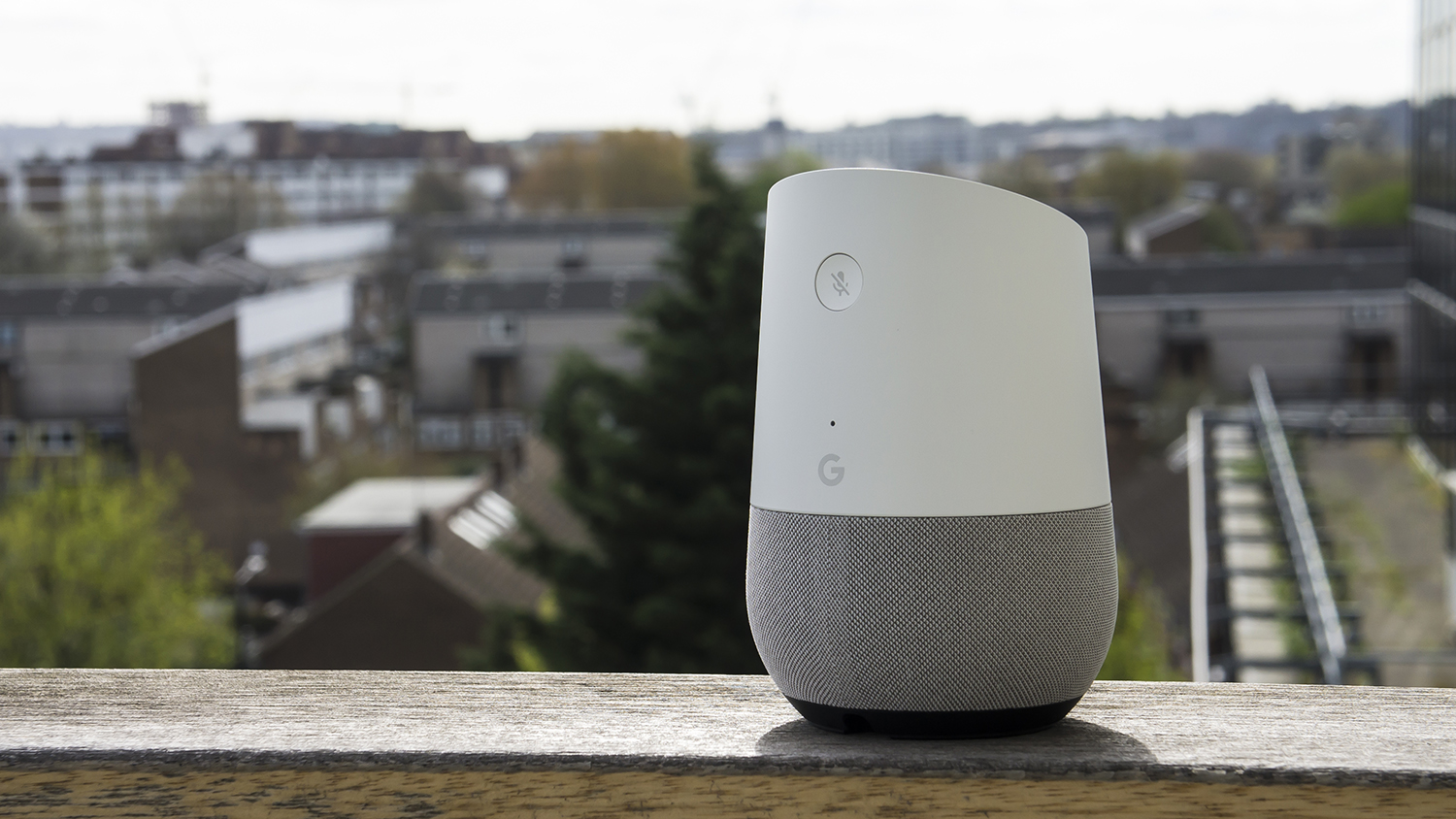
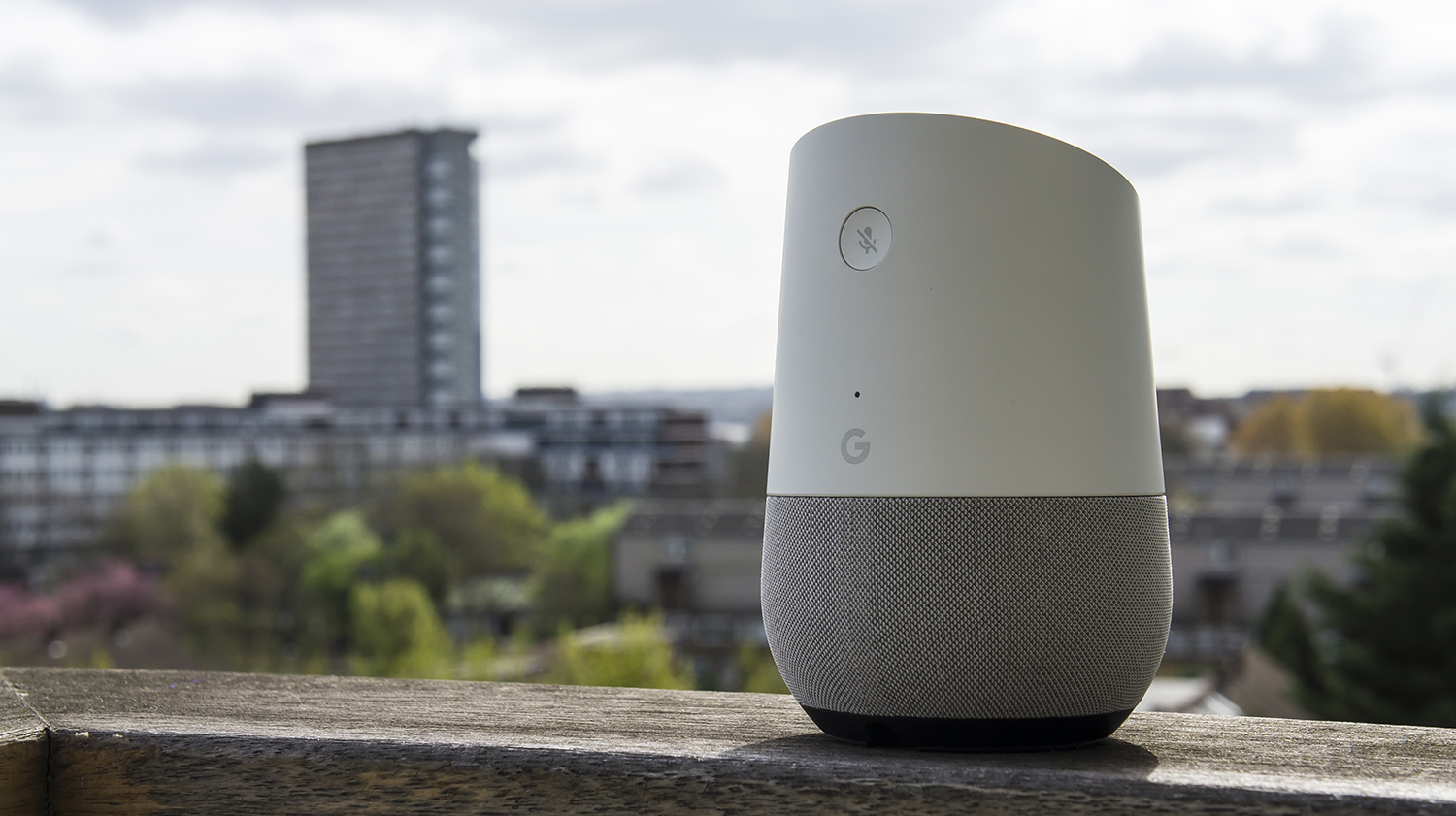
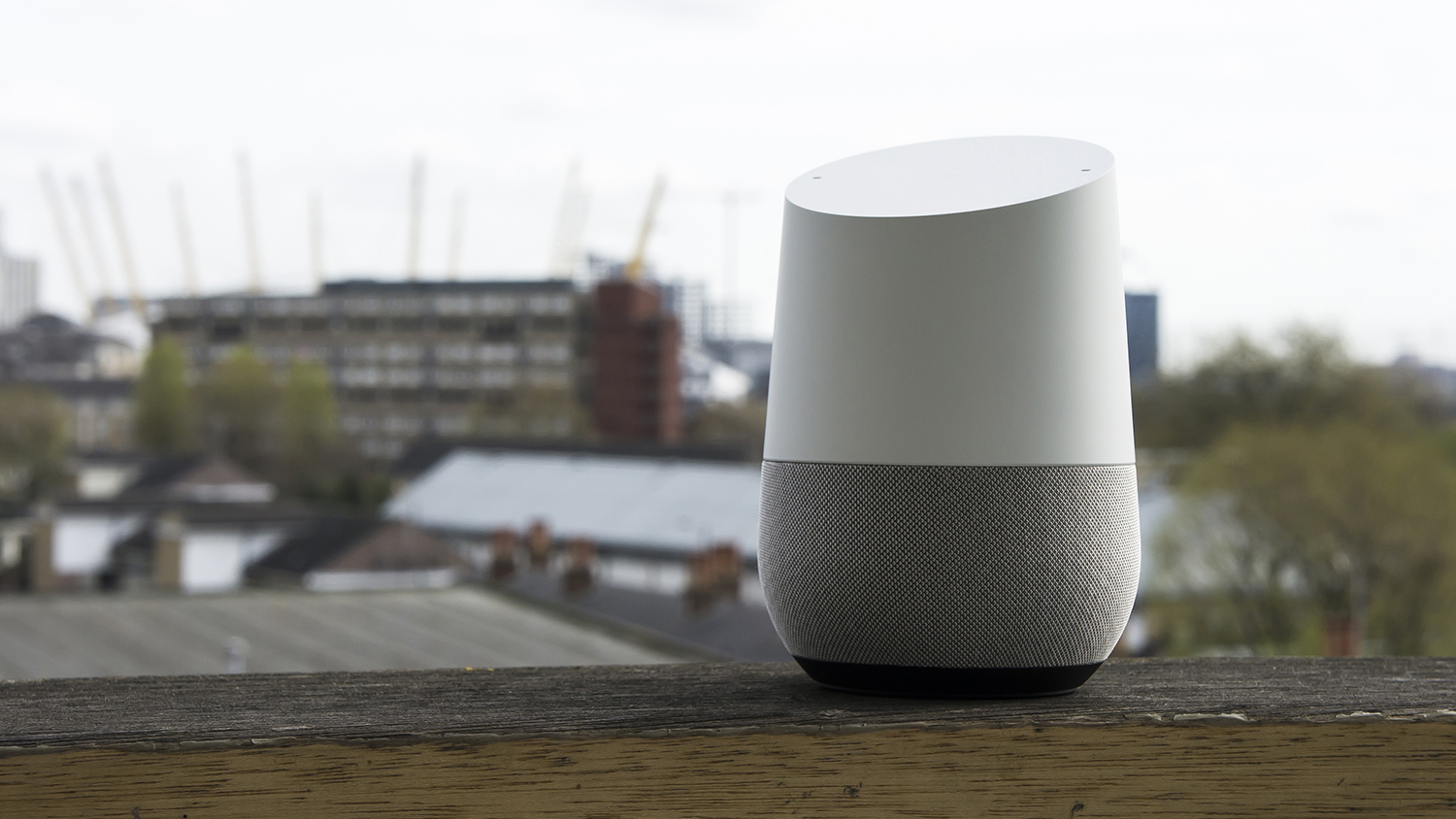
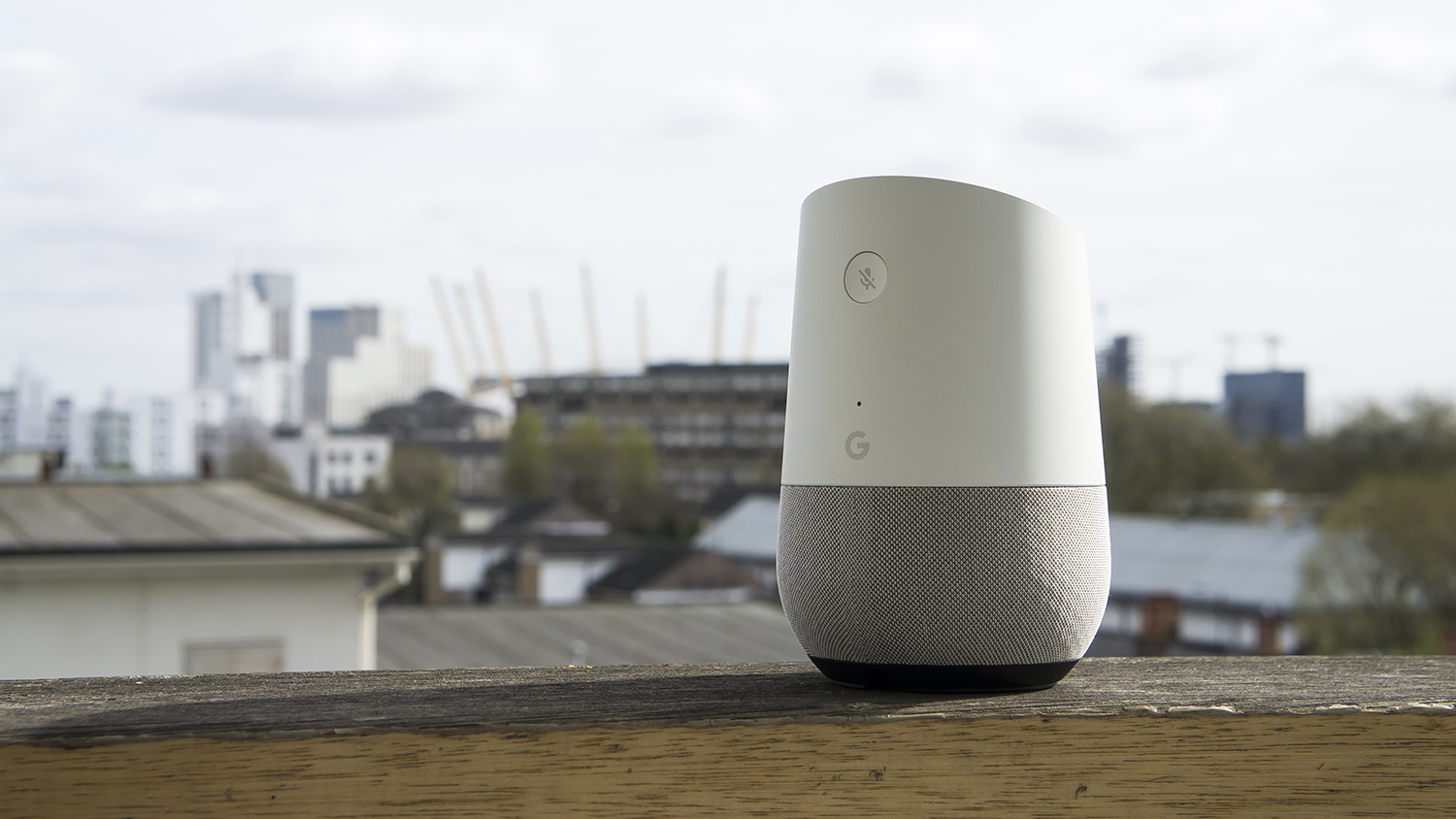
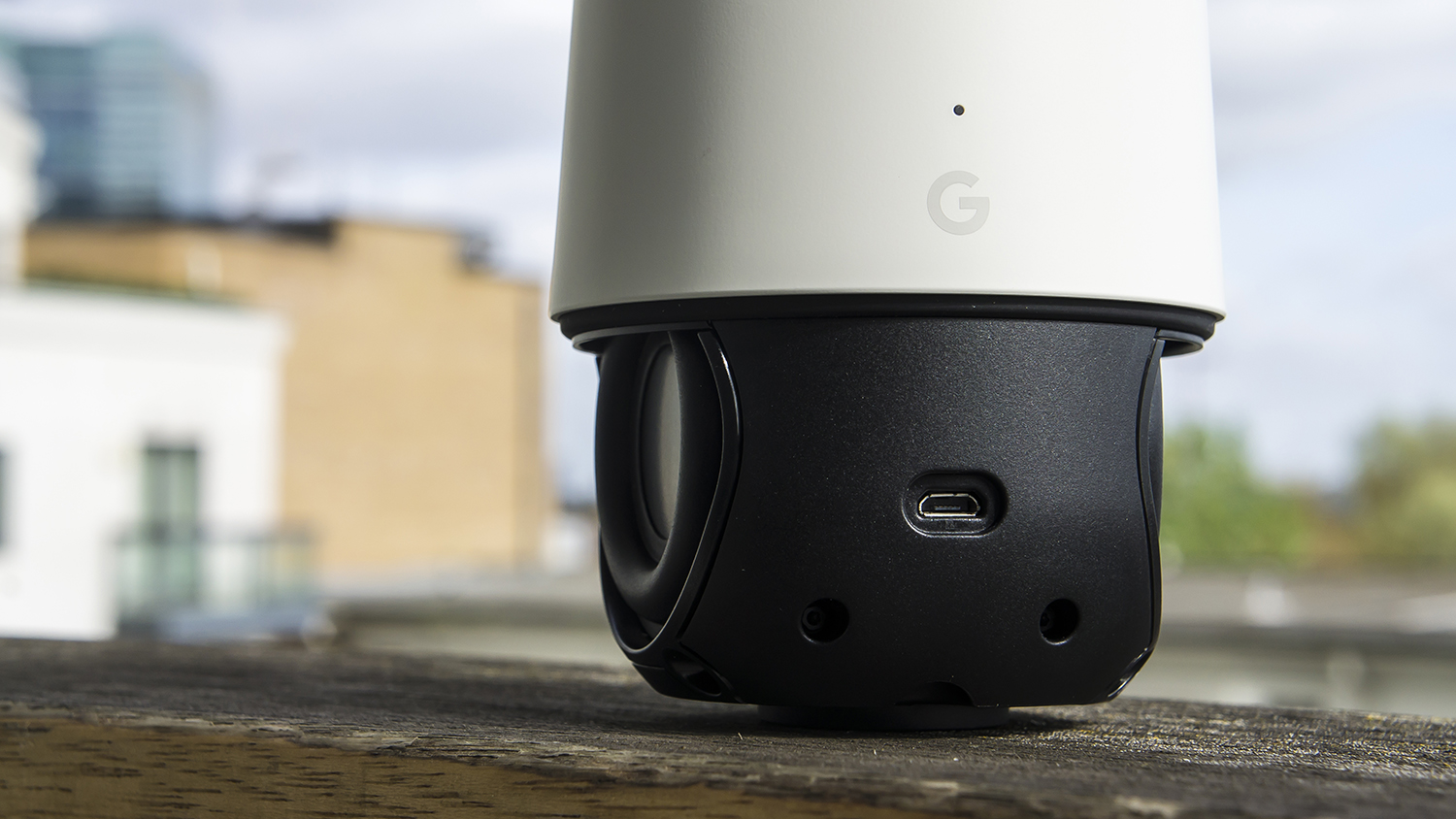
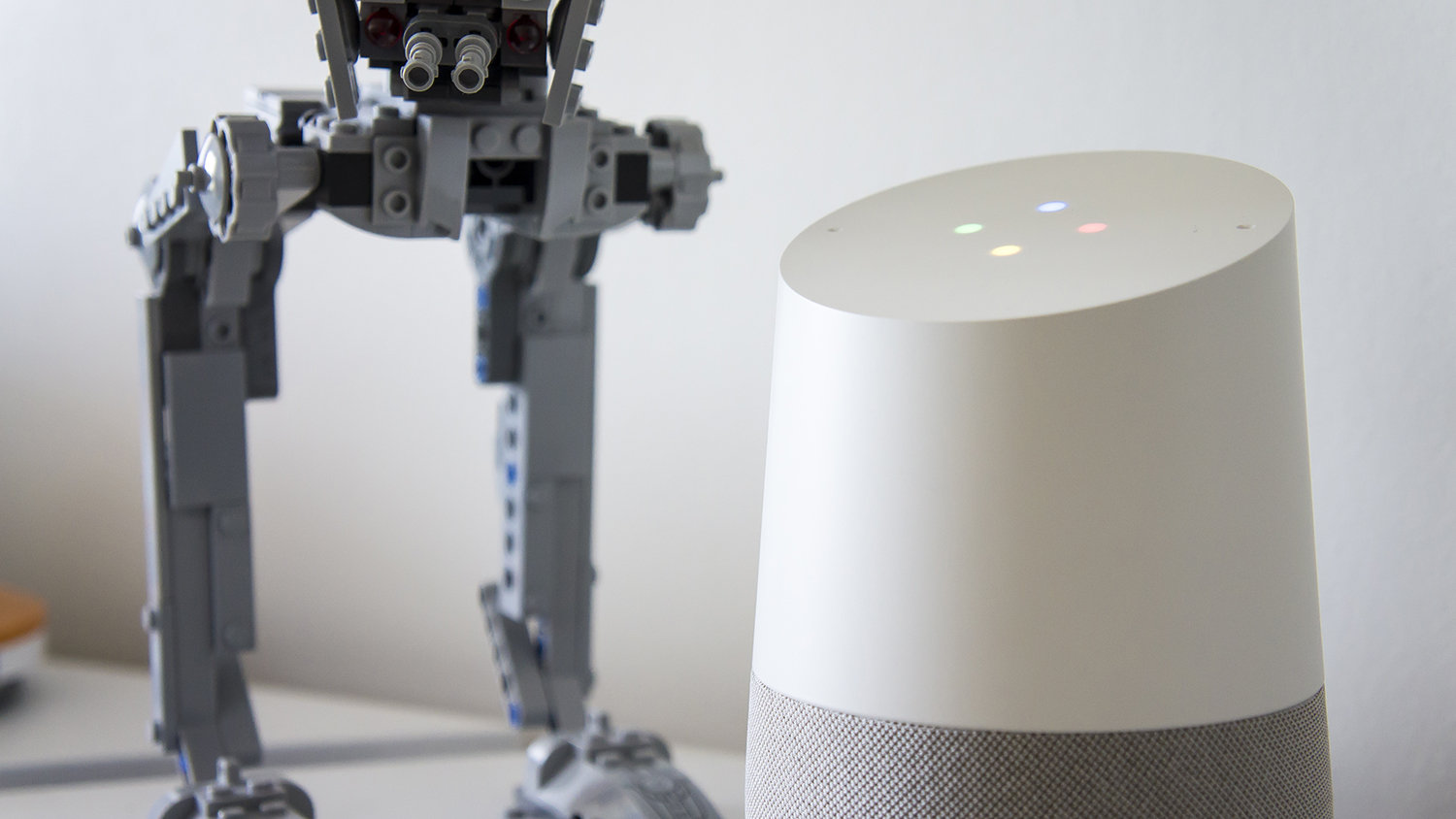
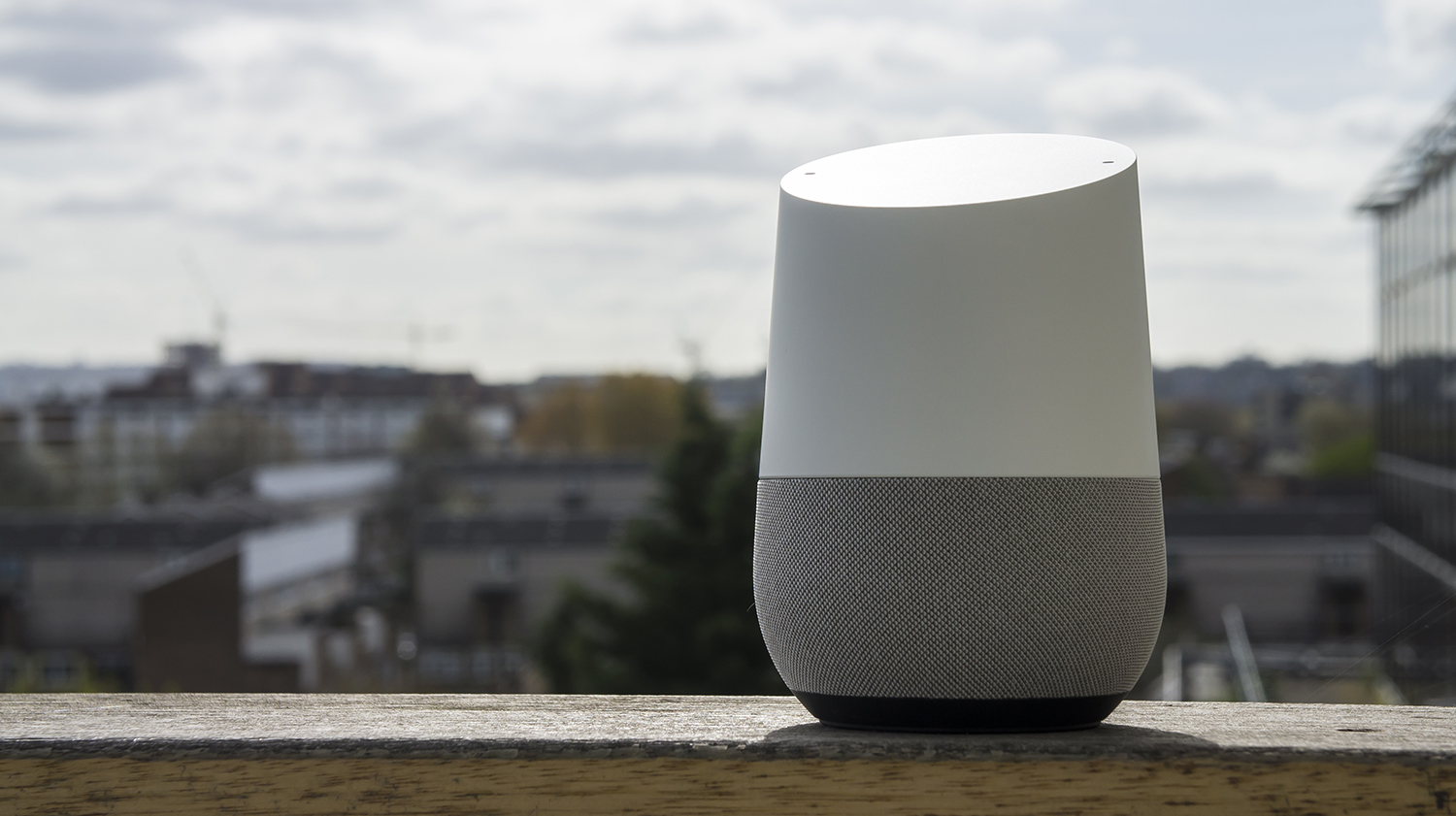
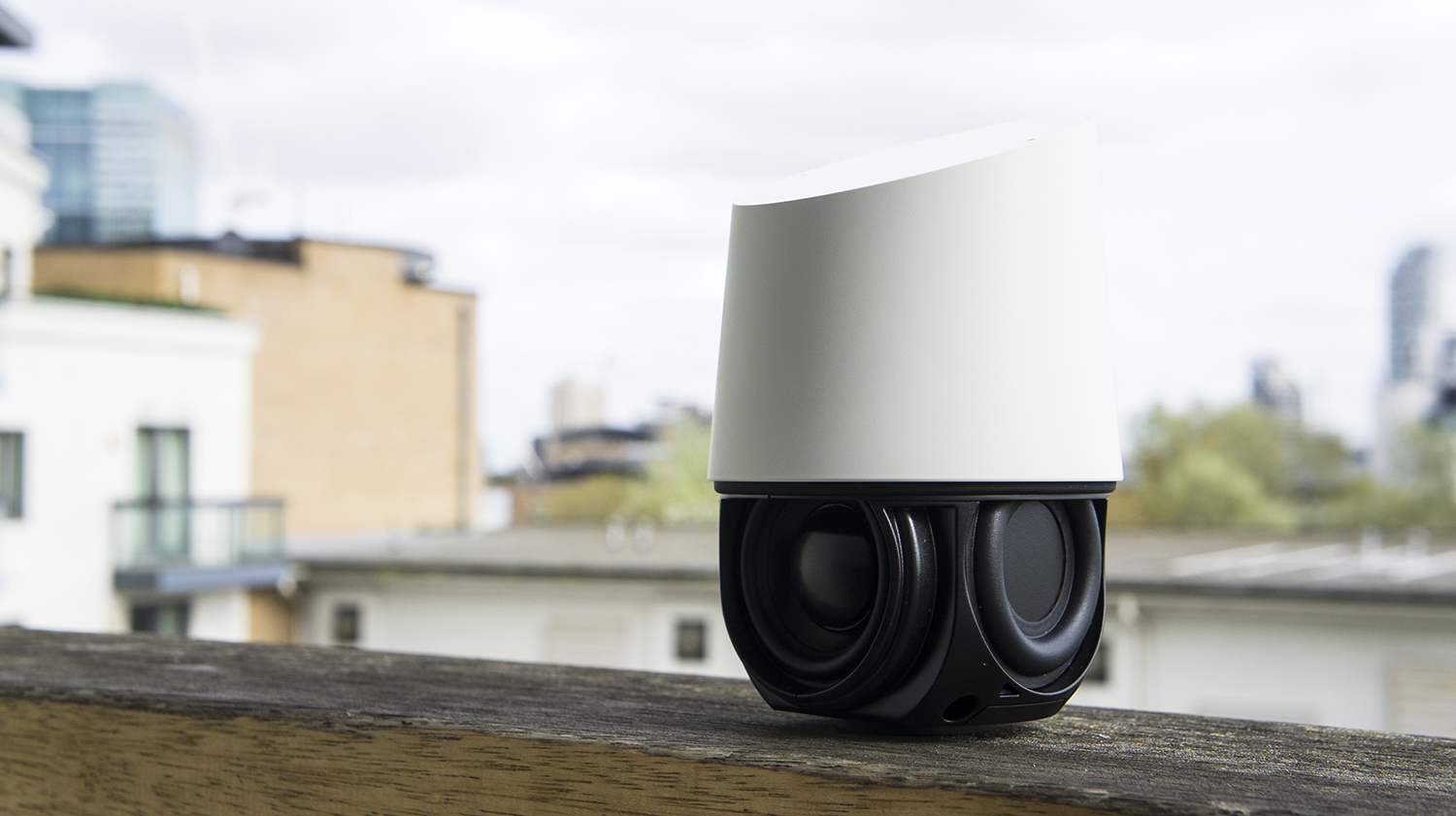
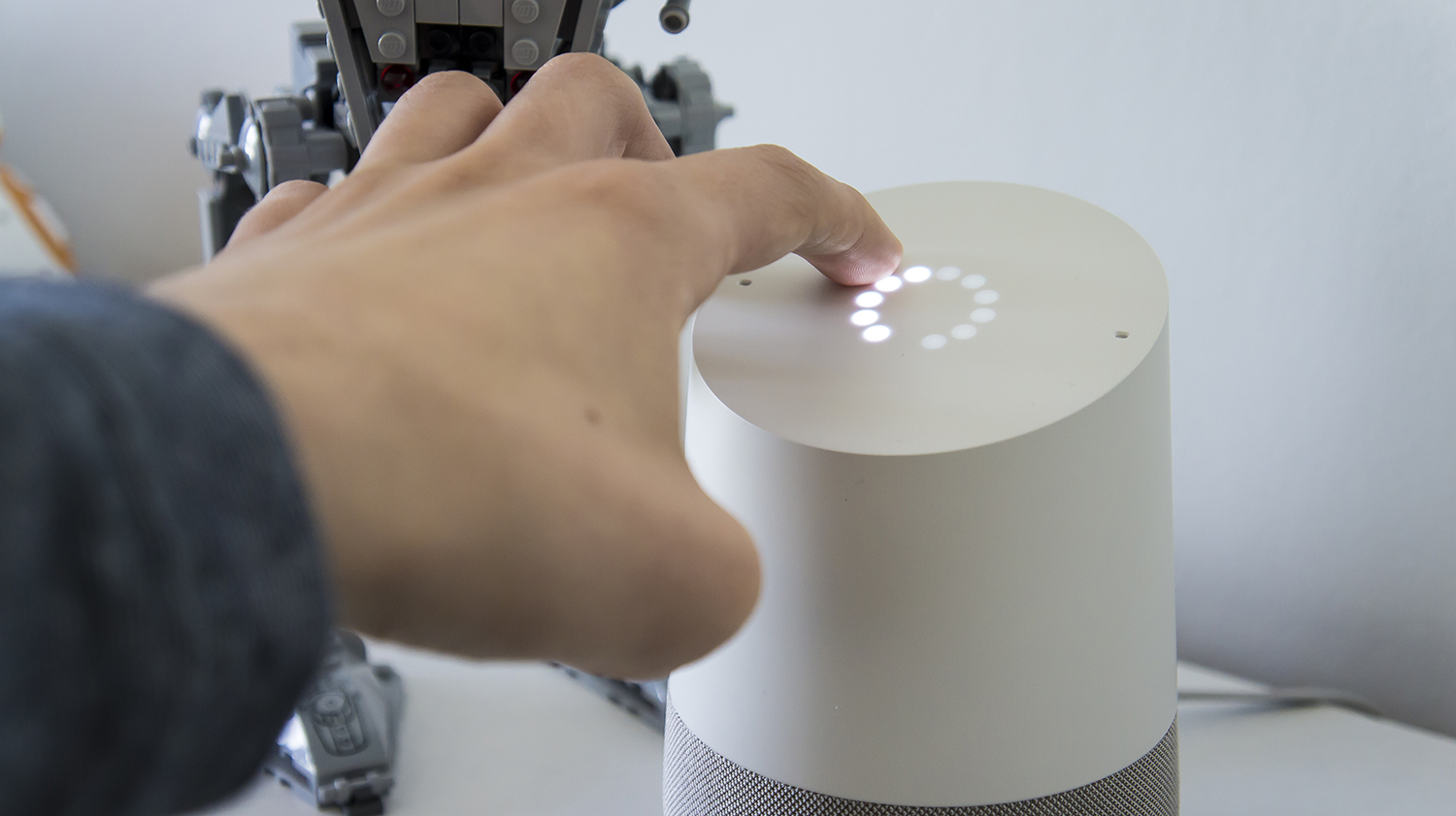
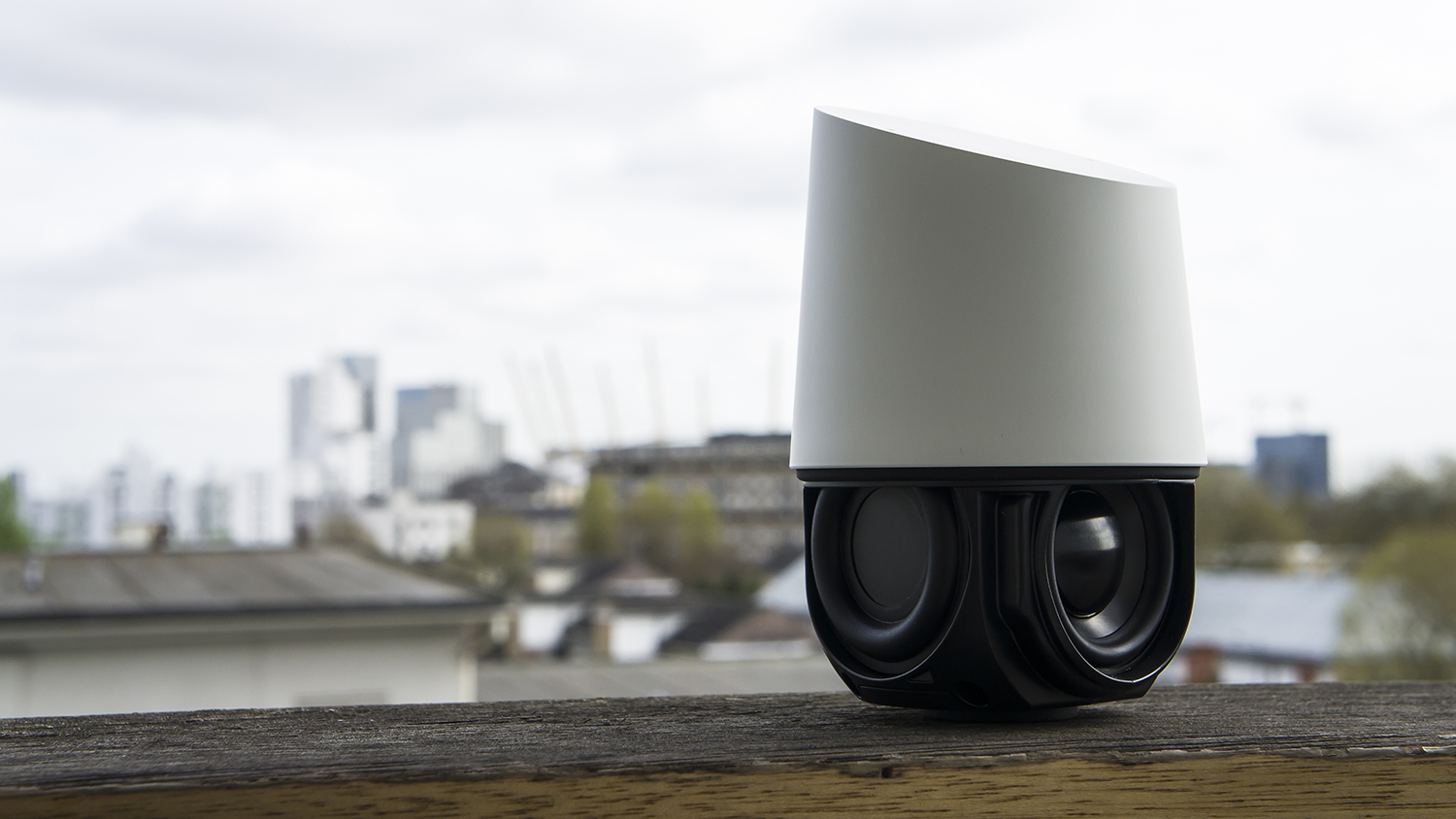
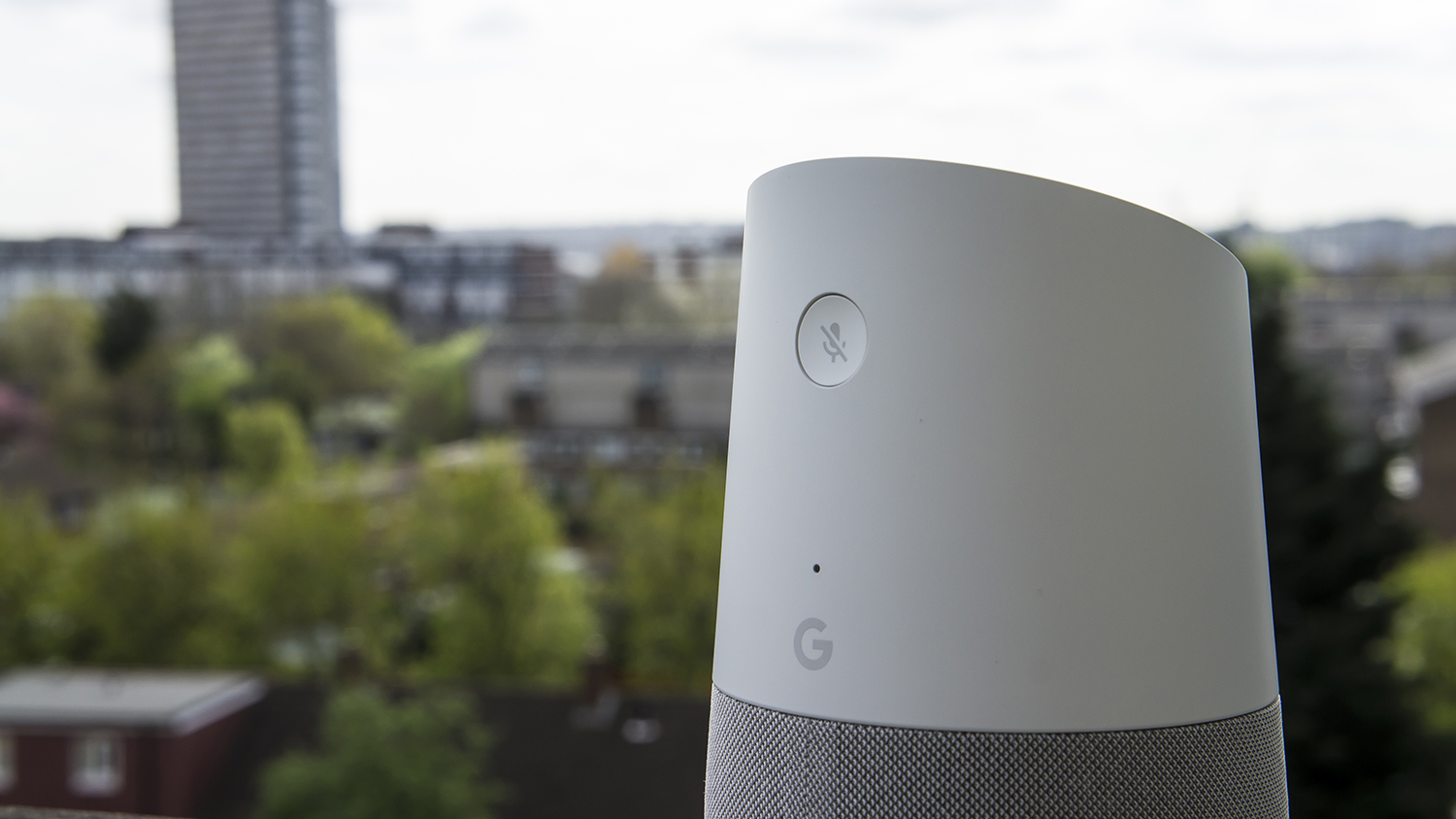
It would appear that AI is finally, properly, officially here. Between Cortana,Alexa, Siri and Bixby, it seems like every major tech company has their own personal robot helper, and naturally Google is no exception. Google Home is the company's first foray into moving AI technology from our pockets and into our homes, putting the virtually infinite knowledge and brainpower of Google into a little pod that sits in your kitchen.
Like most of the recent crop of AI companions, Google Home's role in your life is to answer questions - the type of questions you might usually Google, for example - as well as controlling your smart home and helping you plan your day. It also has the added advantage of tying into all of Google's various products and services.
The question is, can Google Home stand out amid the wave of rival AI assistants? And, more importantly, can it convince the general public that having a digital secretary is genuinely useful, rather than just a passing fad?
Design
While most tech hardware is designed to be stuck under a desk or housed in an entertainment system, Google Home is supposed to be placed out in the open. Thankfully, it doesn't look nearly as garish as it could do.
While the Echo is tall and thin, Google Home is short and squat, with a rounded base housing the three speakers. The base is covered by an interchangeable shell, available in a number of colours and materials to suit your decor and personal preferences.
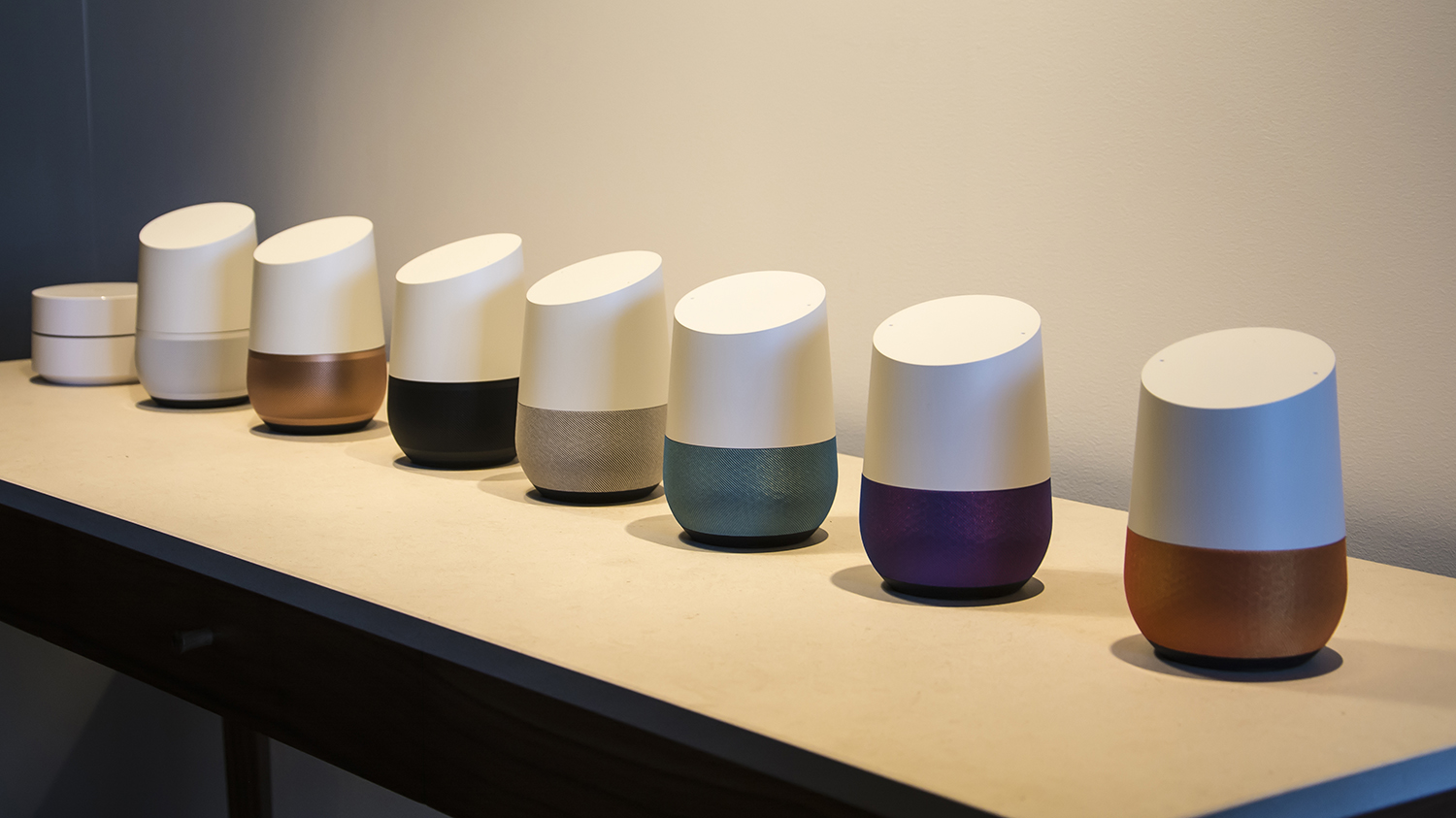
Like the Amazon Echo, Google Home is minimalist and understated, with none of the flashy design flourishes that typically adorn consumer tech products. Instead, it is compact and unassuming. It also doesn't look as obviously 'techy' as the Echo, and does a better job of blending into its surroundings. It looks uncannily like a motion-activated air freshener, in fact. But that's no bad thing.
In addition to using voice commands, Google Home also features a touchpad built into the top of the unit for physical interactions. You can pause any media that's playing with a tap, long-press to start it listening, or change the volume by rotating an imaginary dial.
These controls are excellent and, because it's all done via a single touchpad, they're actually more intuitive than the Echo's. There's also a mute button on the side, which we'll go into in more detail later.
Features
Broadly speaking, Google Home has the same basic feature-set as the Echo. Using voice commands, you can tell it to play music, ask it questions, play games and get updates on news, weather and traffic.
All this information is collated into a daily briefing, which includes local weather, upcoming calendar events, updates on your commute and a news digest from a customisable list of your preferred sources. The Echo does offer similar functionality, but we think Google's version has the edge. That's because it groups all of this information together, whereas the Echo forces you to ask for each element separately. Google also offers a much wider variety of news sources - although some are better than others.
Google Home's AI brain will look at your calendar and compare it to incoming real-time information to keep you updated on any changes you should know about. If there's heavy traffic, for example, it might tell you to leave for an appointment a little earlier.
For US users, Google has also brought calling capabilities to Google Home, allowing you to make handsfree calls with no extra apps required. It doesn't even need to be tethered to your phone. This seems like a neat feature, but unfortunately, it's unknown when (or if) it will make it to UK units. However, the addition of support for Bluetooth pairing may make this something of a moot point.
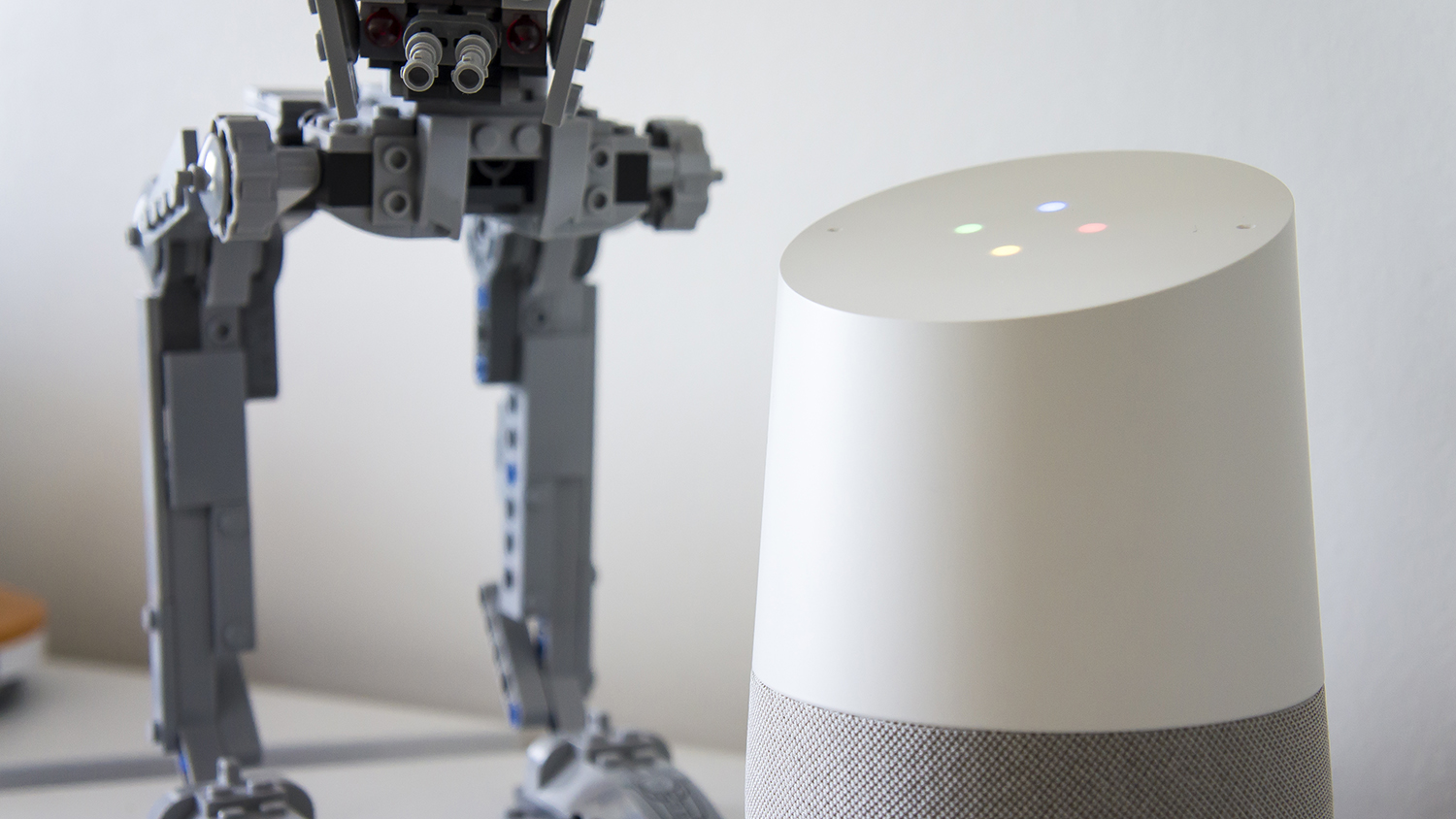
Another seriously cool feature that Google Home has is support for multiple users. This allows up to six people in the same household to access their own personalised playlists, commute times, news reports, calendar and more.
While the Amazon Echo also features the ability to switch between multiple user profiles, Alexa lacks the capacity to switch between them on the fly. Google Home, on the other hand, uses machine learning and voice recognition algorithms to automatically detect who's talking and adjust its responses accordingly.
All each person needs to do to register their voice is download the Google Home app, link it to the Home unit in their household and repeat Google's trigger phrases a few times in order to train it to their vocal patterns.
As with the Amazon Echo, Google Home can control various smart home devices like connected thermostats and smart lights. Nine providers are currently supported, including Samsung SmartThings, Philips Hue and Nest. Pairing promises to be swift and simple, but as Hive isn't currently supported, our reviewer was unable to test this out.
Thankfully, the Google Assistant supports homebrew automation via IFTTT, so you can get virtually any connected device working with Home to some degree. It also means that you can use all of your existing recipes with Home and add rudimentary voice control to a number of third-party products.
Get the ITPro daily newsletter
Sign up today and you will receive a free copy of our Future Focus 2025 report - the leading guidance on AI, cybersecurity and other IT challenges as per 700+ senior executives
Adam Shepherd has been a technology journalist since 2015, covering everything from cloud storage and security, to smartphones and servers. Over the course of his career, he’s seen the spread of 5G, the growing ubiquity of wireless devices, and the start of the connected revolution. He’s also been to more trade shows and technology conferences than he cares to count.
Adam is an avid follower of the latest hardware innovations, and he is never happier than when tinkering with complex network configurations, or exploring a new Linux distro. He was also previously a co-host on the ITPro Podcast, where he was often found ranting about his love of strange gadgets, his disdain for Windows Mobile, and everything in between.
You can find Adam tweeting about enterprise technology (or more often bad jokes) @AdamShepherUK.
-
 ‘Phishing kits are a force multiplier': Cheap cyber crime kits can be bought on the dark web for less than $25 – and experts warn it’s lowering the barrier of entry for amateur hackers
‘Phishing kits are a force multiplier': Cheap cyber crime kits can be bought on the dark web for less than $25 – and experts warn it’s lowering the barrier of entry for amateur hackersNews Research from NordVPN shows phishing kits are now widely available on the dark web and via messaging apps like Telegram, and are often selling for less than $25.
By Emma Woollacott Published
-
 Redis unveils new tools for developers working on AI applications
Redis unveils new tools for developers working on AI applicationsNews Redis has announced new tools aimed at making it easier for AI developers to build applications and optimize large language model (LLM) outputs.
By Ross Kelly Published
-
 Google layoffs continue with "hundreds" cut from Chrome, Android, and Pixel teams
Google layoffs continue with "hundreds" cut from Chrome, Android, and Pixel teamsNews The tech giant's efficiency drive enters a third year with devices teams the latest target
By Bobby Hellard Published